Ammonia, Nitrite, Nitrate, and Chlorine are the four water parameters of interest here. Many people consider them all to be potent poisons of fish. In truth, only chlorine is a potent poison for fish.
The many myths about ammonia, nitrite, nitrate, and chlorine are:
- Nitrates going above 10, 20, 40 or even 80 ppm will shorten the life of an adult fish.
- Long term ammonia levels at some level below 5 ppm or nitrite levels below 1 ppm at a pH of 7 and a temperature of 28°C. (82°F.) decrease the life expectancy of fish because of toxicity.
- Short term ammonia levels at 5 to 10 ppm or nitrite levels at 1 ppm to 5 pm are very toxic to fish at a pH of 7 and will kill the fish rapidly.
- When a lot of fish die overnight after a water change it is typically due to ammonia, not a chlorine pulse, low oxygen or high carbon dioxide.
- The standard dose of conditioner will remove even heavy chlorine or chloramine levels.
- There are chlorine water conditioners such as Prime which “neutralize” ammonia, nitrite, and “toxins”.
- It is important to test your water frequently with test kits such as API Master test Kit, Nutrafin Test Kit, Tetra easy strips, Sera Aquatest, API 5 in 1 Test Strips, or the Fluval Water test Kit.
All these myths are simply false.
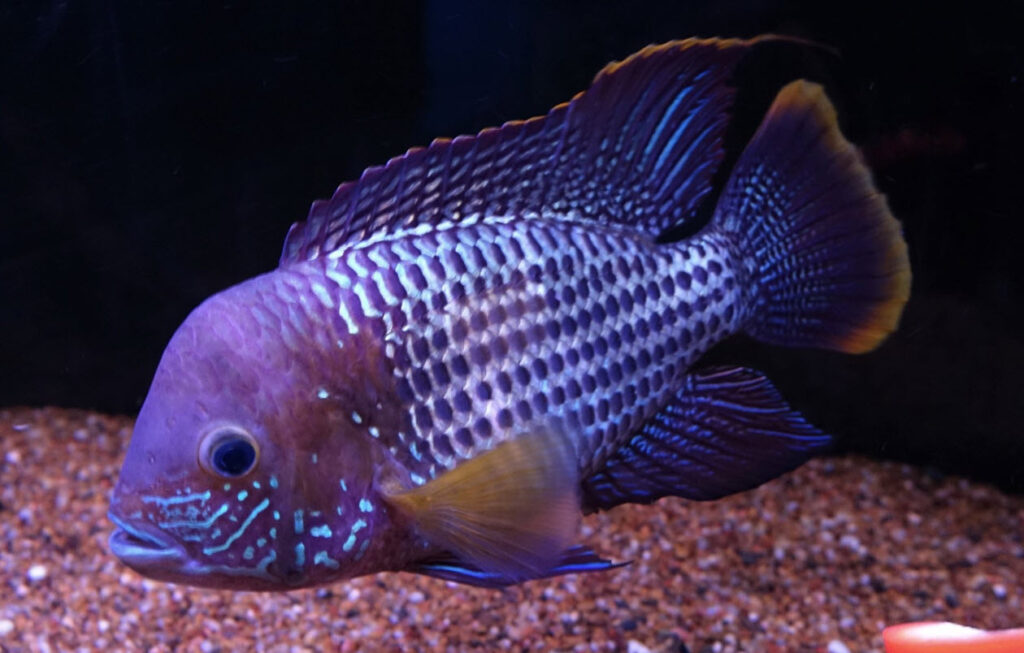
Toxic Levels
Acute toxicity is when the fish die in hours or days. This is the “Toxic” level in the chart below. Chronic toxicity is where the fish will have diseases and a general “failure to thrive”. This is the “Alarm” level below.
The levels are as follows:
| pH of the water | API Ammonia test in ppm | API nitrite test in ppm | |||
|---|---|---|---|---|---|
| pH | Alert | Alarm | Toxic | Alarm | Toxic |
| 6.6 | 16 | 64 | 160 | 0.5 | 2 |
| 6.8 | 11 | 44 | 110 | 0.5 | 2 |
| 7.0 | 8 | 32 | 80 | 1 | 4 |
| 7.2 | 5 | 20 | 50 | 1.5 | 6 |
| 7.4 | 3 | 12 | 30 | 2 | 8 |
| 7.6 | 2 | 8 | 20 | 2 | 8 |
| 7.8 | 1 | 4 | 10 | 2.5 | 10 |
| 8.0 | 0.8 | 3 | 8 | 3 | 12 |
| 8.2 | 0.6 | 2 | 6 | 3.5 | 14 |
| 8.4 | 0.4 | 2 | 4 | 3.5 | 14 |
| 8.6 | 0.25 | 1 | 2 | 4 | 16 |
| Nitrate alarm level is greater than 80 ppm. Nitrate toxic level is greater than 440 ppm. |
|||||
To read the ammonia and the nitrite levels on this chart find the pH of the aquarium first. Then find that pH in the left column. Read across as to the levels the API tests will show. Green is the “Alert” level where increased testing is called for, yellow is the “Alarm” level where one should do a 50% water change. And “Toxic” is the level where one should do a 75% water change. Note many of these levels require diluting the aquarium water with 9 parts of distilled water. Test the diluted water. Multiply the results by ten and you have the levels in the aquarium.
The numbers for the toxicity of ammonia, nitrite, and nitrate will come as a shock to most experienced hobbyists. But the numbers are supported by a lot of research by universities. The ammonia levels are what Seachem delineates. They are solid. Ammonia, nitrite, and nitrate are not as toxic as we have all been led to believe.
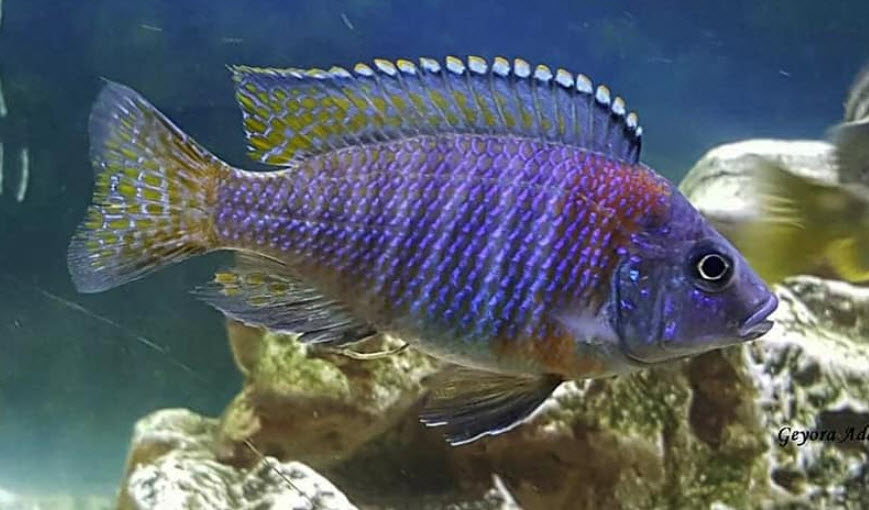
In general fish from lakes or ponds have a higher tolerance for nitrogen compounds than do fish from rivers.
Note all hobbyists should have aquariums with 0 ammonia and 0 nitrite after a few months of operation. The reason behind zero ammonia and zero nitrites has nothing to do with the toxicity of ammonia or nitrite. It has to do with bacteria count in the water.
If one has amounts of ammonia or nitrite one probably does not have adequate biofiltration in the aquarium. And if one doesn’t have adequate biofiltration one will probably have high bacterial counts in the water. And high bacterial counts (i.e. “dull” or cloudy water) are very detrimental to the long-term health of the fish.
It has to be emphasized that achieving this takes time. An aquarium needs to be established for three or four months before this goal can be achieved, even with huge amounts of surface area in the filter. And it must be emphasized that in the meantime short excursions of up to 5 ppm ammonia, 2 ppm nitrite, and 880 ppm of nitrate or even higher for most fish will not harm the fish at a pH of 7.0.
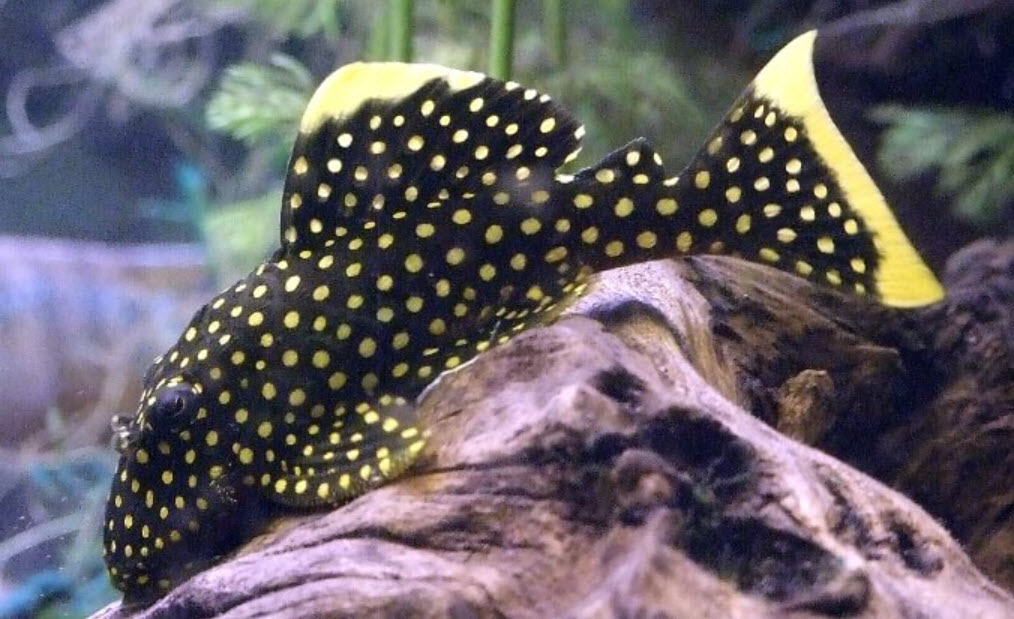
Chlorine is toxic in very small quantities, on the order of 0.05 ppm chlorine. Chlorine is a very bad actor. The reason for this is simple. Free chlorine gas is not found in nature. Ammonia, nitrite, and nitrate are all found in nature. In the case of a lake with high organic matter, the levels of the three nitrogen compounds can get surprisingly high. So Mother Nature has provided most fish with coping mechanisms for these three naturally occurring nitrogen compounds. Nature has provided no such coping mechanism for chlorine.
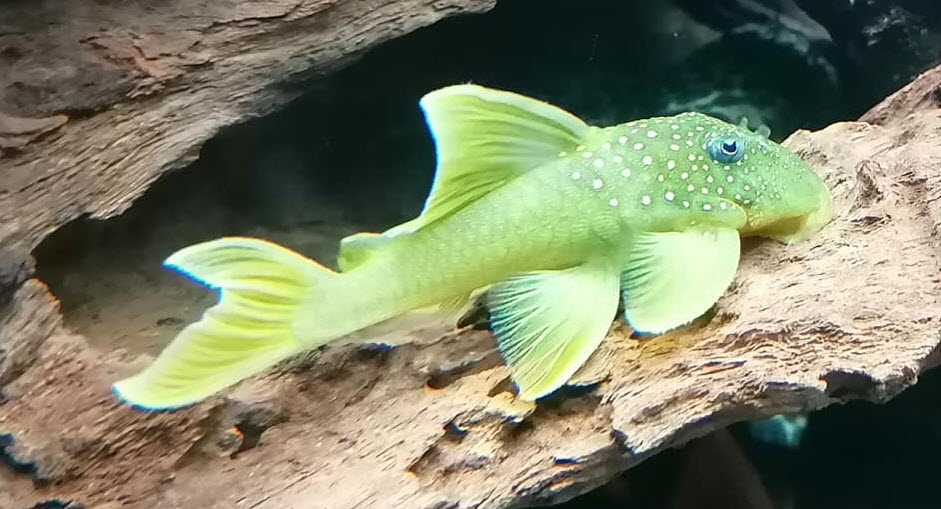
Testing the Water Parameters
One constantly hears on social media the question: What are your water parameters? I.e. what are your ammonia, nitrite, and nitrate levels? And this supposedly gives one a clear picture of whatever disease the fish has. This is simply hogwash. There is simply no way to determine what disease a fish has from the water parameters.
A related myth is that it is that somehow it is important to test your water frequently with test kits such as API Master test Kit, Nutrafin Test Kit, Tetra easy strips, Sera Aquatest, API 5 in 1 Test Strips, or the Fluval Water test Kit. This makes a lot of money for a lot of manufacturers of test kits but it does little good for most aquarium hobbyists. People end up obsessing over it. The ONLY time I use a test kit is if I have to rapid cycle an aquarium for whatever reason. And even then it is probably just not needed.
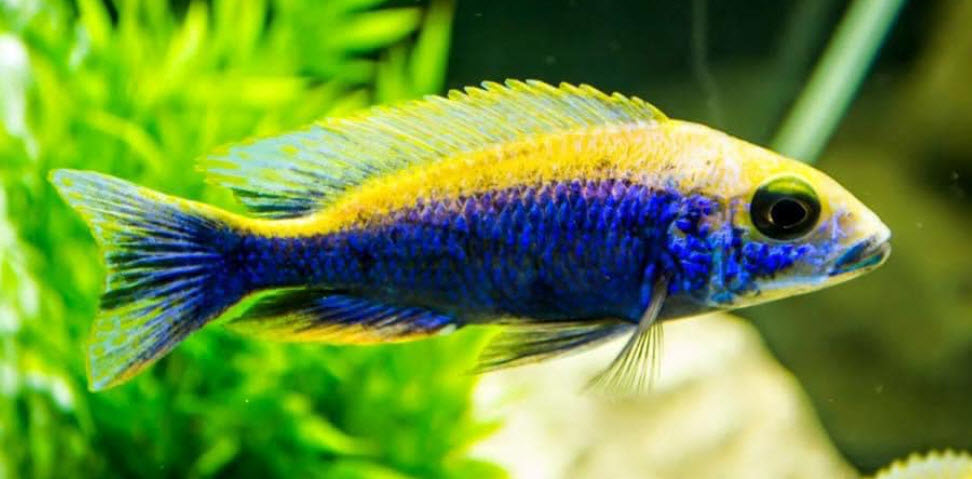
Further Research
If one is more interested in the science behind all this simply read the following links:


